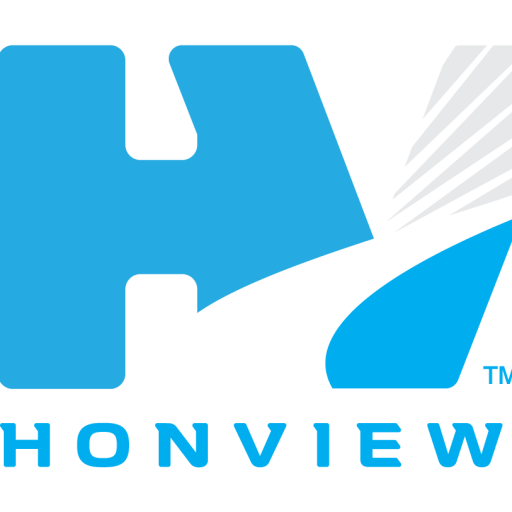Brand Management
The creation of an entity in today’s economic climate needs to be “SMART”, SPECIFIC | MEASURABLE | ACHIEVABLE | REALISTIC | TIMED… SMART. Customers experience your brand in numerous ways:
1. Products
2. Packaging
3. Price
4. Marketing
5. Sales personnel etc. Each of these contacts or touch-points creates the customer’s impression of the brand [your company/philosophy].
Some of these touch-points are obvious, like product performance, and one-on-one customer interactions. Other touch-points, such as the product manual, monthly statements or post-sales support, may be subtler in their brand effects. Your brand image creates expectations. It defines who you are, how you operate, and how you’re different from your competitors. In essence, your brand image is a promise – a promise that must be kept. If the brand is a promise you make, then the customer experience is the fulfillment of that promise. The customer experience cannot be left to chance. It should be actively designed and controlled in a manner that enhances your brand image. It must consistently reinforce the brand promise across every customer touch-point or the value of the brand itself is at risk.
Here are basic-easy steps to building a strong brand and an optimized customer experience:
Identify Your “Reasons-to-Believe”
Your company brand must have a promise attached to it. The Promise must be believable and MUST have evidence to its veracity around it. Your Brand Promise is irrelevant if your customers do not believe it. Therefore, your promise must be supported by Reasons-to-Believe. This will automatically add substance to the promise and define specific expectations for the customer.
For example, an appliance manufacturer promises potential customers that their appliance is an “intelligent choice for homeowners.” What makes it an intelligent choice? Why should the customer believe this promise?
To address this question effectively, the manufacturer could wrap its promise with two reasons-to-believe… high efficiency ratings and great ergonomic attributes. These two reasons in essence define “intelligent choice” and clearly set customer expectations. They also give the company specific direction for designing the customer experience through tangible customer touch-points like appliance design features, advertising campaigns, retail sales approaches, and customer service.
Identify customer touch-points.
“Touch-point” – Collateral and material touched physically and figuratively by your customer.
A touch-point is any way that your consumer, or end-user, comes in contact with your work. It could be a webpage, an e-newsletter, a poster or flyer, an ad in the newspaper. Marketing theory says that it takes, on average, between 6-8 exposures to your marketing materials, or touch-points, before someone will even consider making contact with you.
Six to eight! We are so inundated with advertising and marketing these days, that we have learned to tune it out. So it takes a lot more hits, or more innovative ones, before we can actually make contact with our potential clientele. And I’m not even talking about the sales process-but you have won half the battle just by making contact.
So, your job as an artist who, god forbid, wants to make money from their art practice is to increase your touch-points as much as you can. Maximizing your touch-points is going to help get your name out there, and make you easier to find.
How can you maximize your touch-points? Whatever it is that makes you unique, settle on it, and then use it on everything. In marketing, that’s called branding. Think of the golden arches, or the Nike swoosh. You see those things, you know immediately what they mean. Ideally, you want your clients to do the same when they hear your name, or see one of your touch-points-know immediately what it is you stand for.
Here is a not-totally comprehensive list of other ways to market yourself and increase your touch-points:
Each individual step in your business process contains a number of touchpoints when the customer comes in contact with your brand. Your ultimate goal is to have each touch-point reinforce and fulfill your marketplace promise. Walk through your commercial processes. How do you generate customer demand? How are products sold? How do your customers use your products? How do you provide after-sales support? This comprehensive trace of your marketing, selling, and servicing processes allows you to create a simple touch-point map that defines your customers’ experiences with your brand.
Determine the most influential touch-points.
All touch-points are not created equal. Some will naturally play a larger role in determining your company’s overall customer experience. For example, if your product is ice cream, taste is typically more important than package design. Both are touch-points, but each has a different effect on our customers’ experiences as a whole.
To determine the touch-points driving your customers’ overall experience, your organization can use a wide array of techniques ranging from quantitative research to institutional knowledge. The methods you use will depend on the complexity of your products, commercial processes, and your existing knowledge base.
Design the optimal experience.
Once you have completed the above three steps to building a brand, you should be able to design your optimal customer experience.
Here’s how:
Determine how to express each reason-to-believe at each key touch-point. For example, how can you reinforce sporty performance (a reason-to-believe) in product design, at the dealership, and in marketing campaigns (the influential touch-points)?
Align the organization to CONSISTENTLY deliver the optimal experience.
A holistic approach to aligning your organization to consistently deliver the optimal experience is essential. Identify the people, processes, and tools that drive each key touch-point.
Look beyond employees that have direct contact with your customers. The impacts of behind-the-scenes employees are less obvious but no less important. Similarly, the impact of workflow processes and tools (i.e. technology systems) on the customer experience may be less intuitive but crucial to consistent delivery.
Identify which activities don’t align with your envisioned customer experience. Determine how to address them so that these components can be brought into alignment.
After Identifying the company brand you have to graphically design the touch point collateral that will deliver the message and promise to the audience.
Online Branding
The purpose of internet advertising is far deeper than just generating traffic to your web site; it is an important part of building your brand. Your main branding goal is to get your name, company or service on the tip of everyone’s tongue. How do you do this? By effectively using your logo, signature, web site, newsletter,blog, press releases and social networking software, you present a strong, well-executed persona. Branding is considered one of the most important, though difficult, marketing objectives because it is often the tie-breaker for an unsure consumer. Every object, document or advertisement you display should help consumers associate your name with quality. If you demonstrate a clear, convincing brand image they are more likely to remember you and do business with you in the future.

